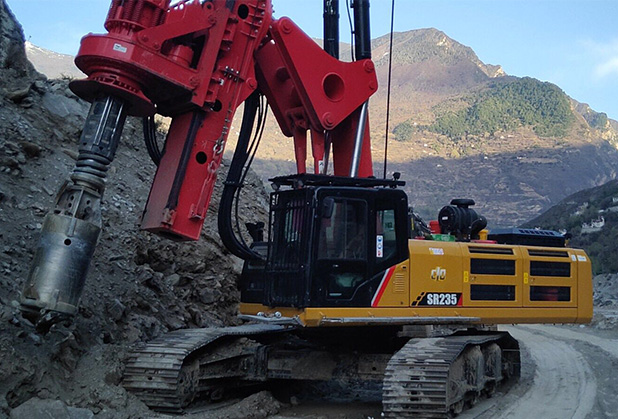Drilling machines are pivotal in the field of oil exploration and production, offering varied configurations to suit diverse operational needs. Understanding the classification of these machines is crucial for optimizing drilling efficiency and performance. This guide explores the key classifications of drilling machines based on their operational characteristics, power sources, and drive modes.

Classification Based on Operational Characteristics
Drilling machines are classified primarily by their operational characteristics, which include:
- Drilling Method:
- Impact Drilling Rigs: Utilize percussive mechanisms for drilling through hard rock formations.
- Rotary Drilling Rigs: Employ rotary drill bits to penetrate the ground, suitable for a wide range of geological conditions.
- Down-Hole Power Drilling Tools: Devices that provide additional power and precision for drilling operations.
- Depth and Application:
- Ultra-Deep Well Drilling Rigs: Designed to reach extreme depths, often exceeding several thousand meters.
- Deep Well Drilling Rigs: Target depths ranging from moderate to significant depths in oil reservoirs.
- Medium and Deep Well Drilling Rigs: Versatile rigs capable of handling varying depths efficiently.
Classification Based on Power Sources
Drilling rigs utilize different power sources depending on operational requirements and environmental conditions:
- Diesel Engine-Driven Rigs:
- Ideal for remote locations where access to electricity may be limited.
- Provide robust power output suitable for heavy-duty drilling operations.
- AC-Driven Rigs:
- Utilize alternating current from grid-connected sources.
- Offer consistent power supply and are suitable for drilling operations in developed areas with reliable electricity infrastructure.
- Direct Current Motor-Driven Rigs:
- Efficiently convert electrical energy into mechanical power for drilling activities.
- Suitable for specialized drilling applications requiring precise control and energy efficiency.
Classification Based on Drive Modes
Drive modes of drilling machines determine how power is distributed among key components:
- Independent Drive:
- Components such as drawworks, drilling pump, and turntable are powered independently by separate generators.
- Offers flexibility but may require more complex maintenance and operation.
- Unified Drive:
- A single power unit drives multiple components simultaneously.
- Enhances operational efficiency, simplifies maintenance, and reduces overall power consumption.
- Group Drive:
- Combines aspects of both independent and unified drives.
- Maximizes power utilization efficiency while maintaining operational flexibility across varying drilling conditions.
Conclusion
Classifying drilling machines based on operational characteristics, power sources, and drive modes enables oil exploration companies to select the most suitable rigs for their specific drilling projects. By understanding these classifications, operators can optimize drilling efficiency, enhance productivity, and ensure safety across diverse geological and environmental conditions.
For more information on choosing the right drilling machine for your oil exploration needs, consult with industry experts or explore comprehensive guides provided by reputable drilling equipment manufacturers. Stay informed and empowered to make informed decisions that drive success in your drilling operations.
